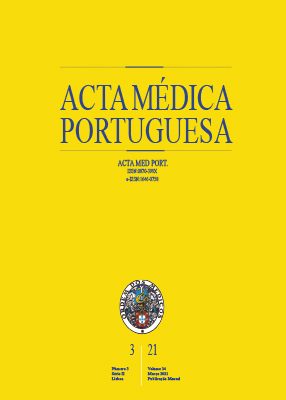Non-Necrotizing Acute Dermo-Hypodermal Infections: Erysipela and Infectious Cellulitis
DOI:
https://doi.org/10.20344/amp.12642Keywords:
Cellulitis/diagnosis, Cellulitis/prevention and control, Cellulitis/therapy, Erysipelas/diagnosis, Erysipelas/prevention and control, Erysipelas/therapy Soft Tissue Infections/diagnosis, Soft Tissue Infections/therapyAbstract
Non-necrotizing acute dermo-hypodermal infections are infectious processes that include erysipela and infectious cellulitis, and are mainly caused by group A β-haemolytic streptococcus. The lower limbs are affected in more than 80% of cases and the risk factors are disruption of cutaneous barrier, lymphoedema and obesity. Diagnosis is clinical and in a typical setting we observe an acute inflammatory plaque with fever, lymphangitis, adenopathy and leucocytosis. Bacteriology is usually not helpful because of low sensitivity or delayed positivity. In case of atypical presentations, erysipela must be distinguished from necrotizing fasciitis and acute vein thrombosis. Flucloxacillin and cefradine remain the first line of treatment. Recurrence is the main complication, so correct treatment of the risk factors is crucial.
Downloads
Downloads
Published
How to Cite
Issue
Section
License
All the articles published in the AMP are open access and comply with the requirements of funding agencies or academic institutions. The AMP is governed by the terms of the Creative Commons ‘Attribution – Non-Commercial Use - (CC-BY-NC)’ license, regarding the use by third parties.
It is the author’s responsibility to obtain approval for the reproduction of figures, tables, etc. from other publications.
Upon acceptance of an article for publication, the authors will be asked to complete the ICMJE “Copyright Liability and Copyright Sharing Statement “(http://www.actamedicaportuguesa.com/info/AMP-NormasPublicacao.pdf) and the “Declaration of Potential Conflicts of Interest” (http:// www.icmje.org/conflicts-of-interest). An e-mail will be sent to the corresponding author to acknowledge receipt of the manuscript.
After publication, the authors are authorised to make their articles available in repositories of their institutions of origin, as long as they always mention where they were published and according to the Creative Commons license.









